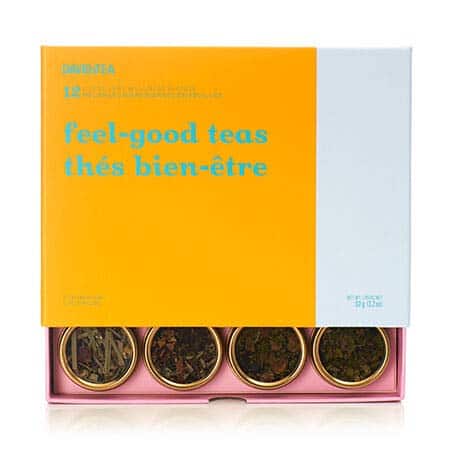Ahhhh, fall! The perfect time of year for an infusion! Put the ice away and open up the cupboard of tea cups. It’s here, the season of tea cups, tea kettles, cozies and infusions!
Don’t tell anyone.. I drink hot tea all year long “gasp” 🙂
Infusing draws out the pureness of any tea or herb, plant, root or flower. Doing it the right way brings out the best taste as well as health benefits the infused product has to offer.
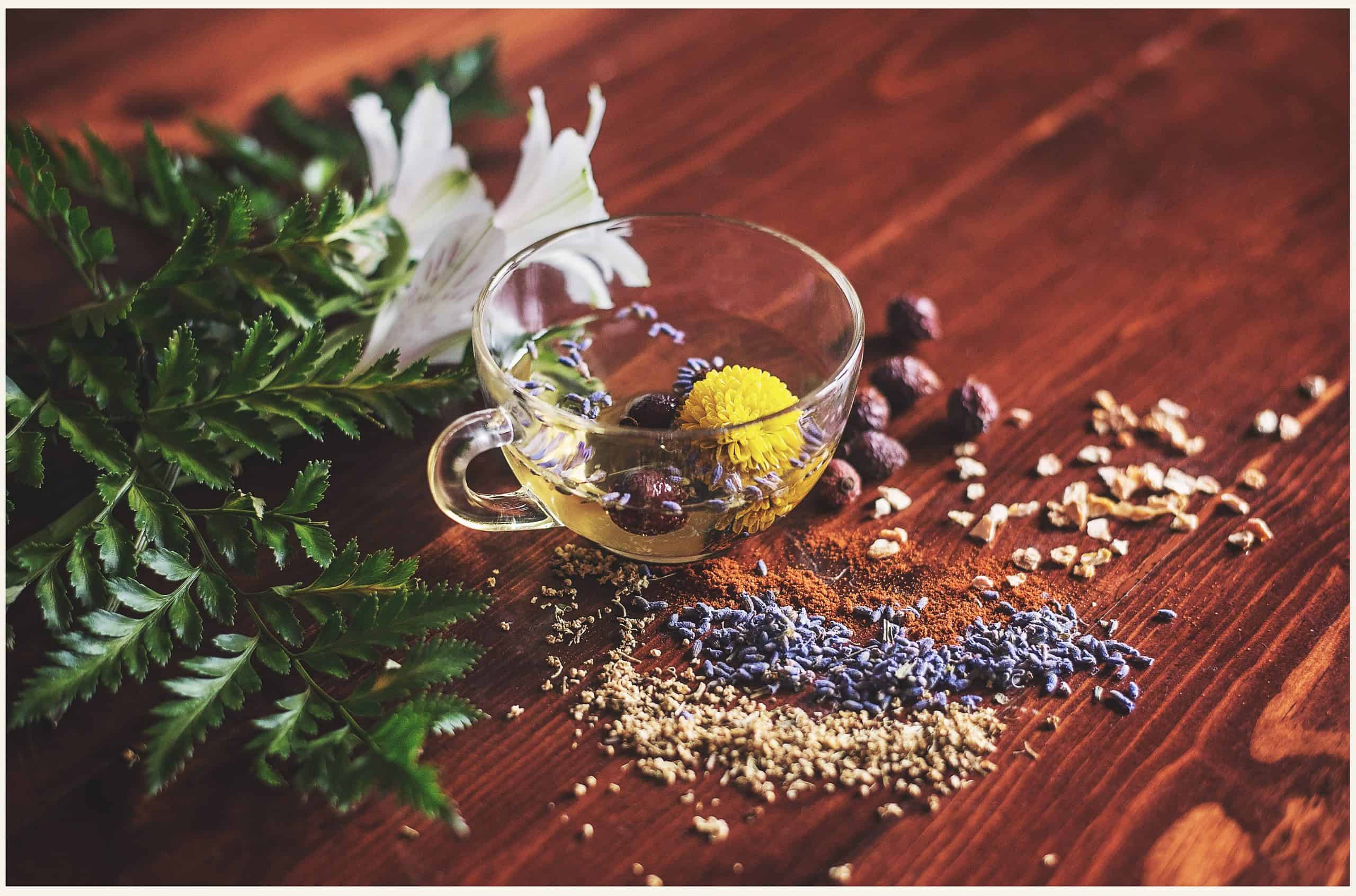
What is an infusion
To infuse is to soak tea, herbs, flowers, etc in a liquid to extract the flavor or healing properties.
An infusion is using herbs, plants or fruits by steeping them in hot or cold water. Because these are not from the Camellia Sinensis (tea plant). They are herbal infusions and not tea. They can also be referred to as a tisane. Tisane is French for herbal tea or infusion. Because tea is a plant once it its put into hot water it too becomes an infusion. The teas are infused in or with the water.
Simply, An herbal tea uses less plant matter and steeped for shorter periods of time. An herbal infusion uses more herbs and brews for a longer period of time.
So, both teas and herbs are infused (steeped in hot water).
An infusion can also be a tea that’s infused with a botanical, fruit or herb and steeped in hot water. Many tea companies offer infused teas as opposed to single origin teas. Single origin teas are teas that come from one origin or place. They are processed by the tea plant or leaf and sold in just that manner. Nothing is added to them.
An alcoholic beverage with the flavoring of a fruit, herb or spice calling it an infused beverage.
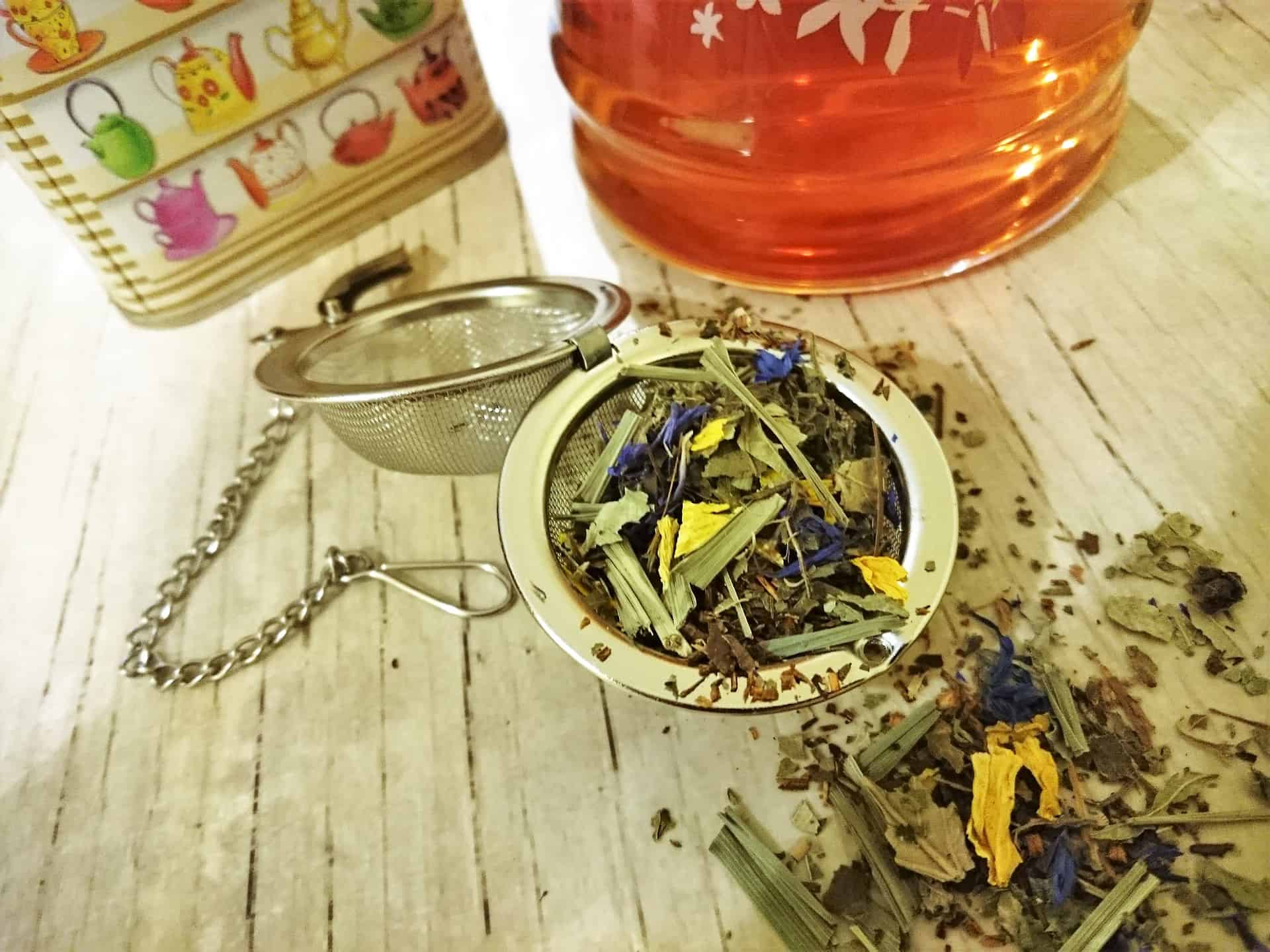
What’s the difference
Basically a tea is from the Camellia Sinensis plant that has been steeped in hot water. Compared to an infusion a tea does not have to brew as long.
While many of us are comfortable with calling all things brewed in hot water a tea, some are not. Many tea connoisseurs will correct you with quickness. That a tea is a tea and an herbal infusion or tisane is just that.
Once a tea’s infused it’s steeped. Steeping is the process of allowing the tea to sit in the hot water. By sitting it is to extract the flavor and beneficial ingredients from it. Steeping time dependmanyer of factors. The type of tea, the amount of water, are there any herbs to be infused with the tea and how hot the water is.
A tea can oftentimes be steeped several times while an herbal infusion cannot. Many of us (even me) are way too impatient when it comes to brewing our infusion. A study by the British Science Week asked 1,000 people about their brewing habits. Only 16% allowed tea to brew the correct amount of time. That’s 2-5 minutes. So, we are in good company.
While many include herbs into a “tea” it’s actually a tisane or herbal infusion. An herb is any plant with a succulent stem which dies to the root every year. A decoration is any root, seed or bark that is infused into boiling water. This is to release its flavors and healing benefits into that water. All this can be used as an herbal infusion as well as infused with a tea to be a tea blend.
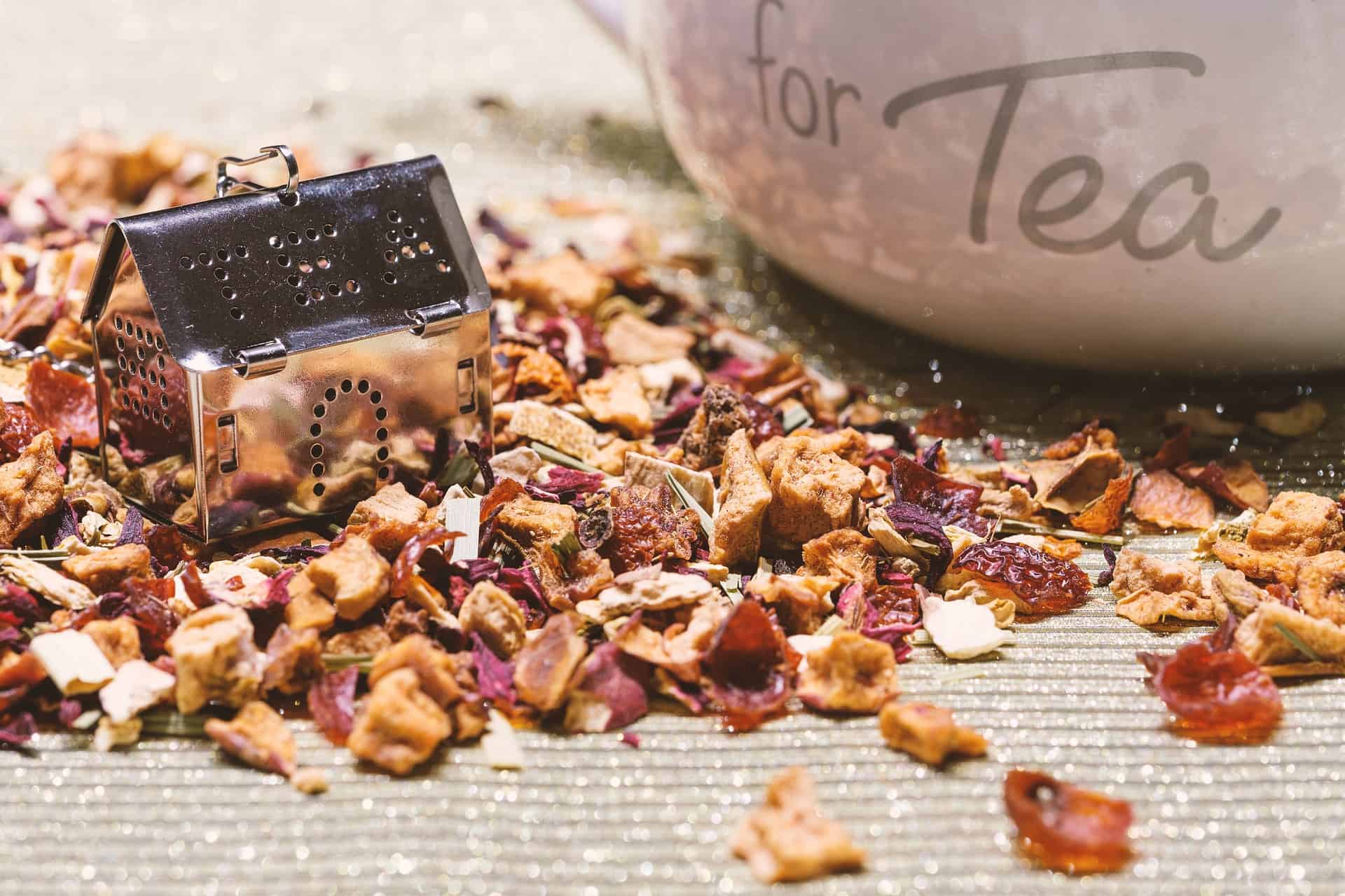
There’s health in that infusion
I remember drinking soda (pop) and it being so refreshing until one day I decided to stop. That day led to several more and 15 plus years later I’ve not had more than a few sips. Soda may seem refreshing, in reality it’s hurting you. But what do you drink? I chose tea.
Since my love of tea began I’ve been learning more and more about the benefits of infusing tea. I’ve learned more about infusing plants, herbs, flowers, roots into hot water and extracting the benefits of them. Leaving me not only refreshed but well.
Infusing the tea and herbs reminds me of an old saying “eat the chicken and spit out the bones”. What we are doing is infusing a medium, taking what is good and removing the rest. But, with teas and herbs there are still beneficial elements for gardens. The plants that are left over produce. So don’t just throw it away, toss it into your soil to give back even more.
There are so many health benefits to teas and herbs. Far too many to list in one article but you can check HERE and HERE for some references.
Some of the biggest benefits are antioxidants and anti inflammatory benefits. Each tea and herb has its own characteristics and benefits but so many center around a few more common ones.
Thousands of years before you or I were born herbs and teas were used for their healing benefits. To understand what’s in your cup. The power they hold is another aspect of enjoying a cup of tea or herbal infusion.
Peace of mind, soul and body
I will never forget the days of drinking tea with my grandmother. Her plastic covered terry cloth table. Fine china cups and saucer and that amazing bowl of sugar cubes! I no longer partake of sugar but when I was 5 that sugar bowl was heaven sent! My grandmother made her tea in a saucepan on the stove. It’s how she did it and I will say it was the best tea ever.
There was so much more to it than I ever realized. There is something about a hot cup of tea (or herbs). The steam, waiting for it to cool and the scent. It’s beyond calming, it’s meditative for the body and soul.
Next time you brew yourself an infused beverage. STOP! Take a moment to enjoy the process. Make sure to enjoy the smells, the warmth and the time it takes to take that first sip. Don’t gulp, sip. Take your first sip and enjoy it. Let your body take in all that there is. Now, enjoy your tea as your body has just taken a moment to relax, unwind and calm down.
Now, so you know, your steeping time should be around six minutes! No matter what temperature or tea you are using. This is just a general rule. There are exact brewing charts as well as the packing your infusion comes in. I at least hope your teas and herbs are marked with brewing guidelines.
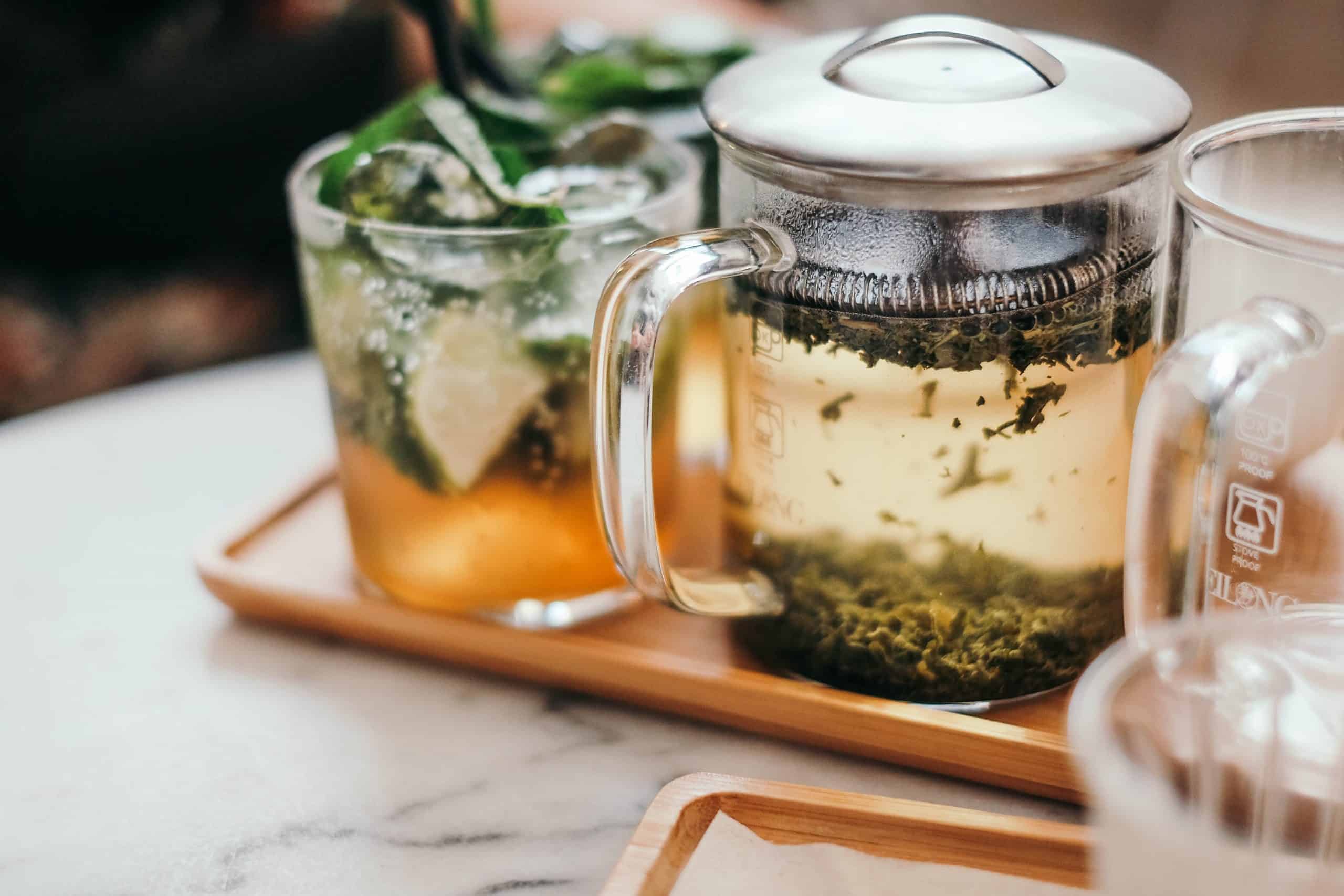
What could go wrong
Don’t over boil the water for the infusion. It will create a bad infusion more bitter and astringent.
You can only steep so much. Don’t over steep your brew. On the other hand, don’t under steep.
Don’t be squeezing that tea bag. It will release more tannins and create that bitter taste and you will never know what a good cup of tea you had!
Don’t make tea or herbal infusions for children under two. Their little bodies are just not mature enough to absorb the iron in the products
Tea and herbs can be acidic. Watch drinking a lot of tea on an empty stomach.
Allergic reactions can happen. Make sure to test new products prior to consuming an entire cup or teapot of them.
Tea is a diuretic and can add extra stress on kidneys. As with all things, drink in moderation.
Tea is a culprit with the development of kidney stones. Again, moderation!
Some tea is higher in caffeine. If your body is sensitive to caffeine, choosing an herbal infusion would be a better option.
Do your research on any herbs you are interested in. Make sure they are safe and what they are beneficial for.
I suggest organic and Non GMO products only. This way you avoid a lot of unnecessary toxins and pesticides. And then consumed by you through your cup of tea.
Lastly, brewing times. Make sure to follow the suggested brewing times for all teas and herbs. At least until you are used to them and your body reacts well.
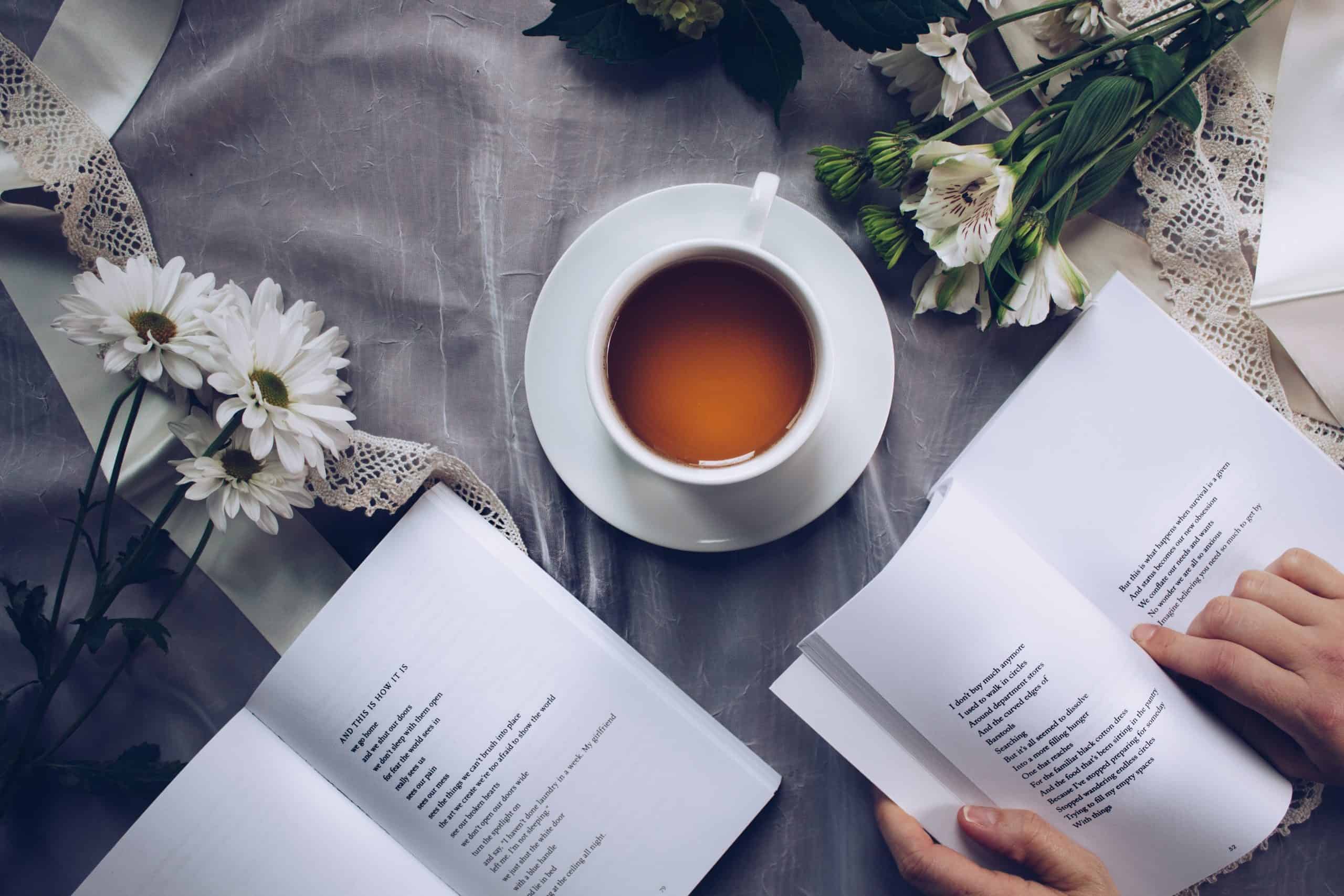
Summary
Have you grabbed your cup yet? Follow the guidelines but as I always say, there is no right or wrong way as long as you are enjoying your infusion. Boil your water and experiment. Life is short and so is that water temperature.
Experiment and research. When you are not looking for the health benefits and you just want a great cup of infused tea or herbs the fun begins. There are plenty of choices. I’ll note a few below for you to begin your experience with.
Looking for a good infusion, check out the suggestions below
Taylors of Harrogate Herbal Infusions
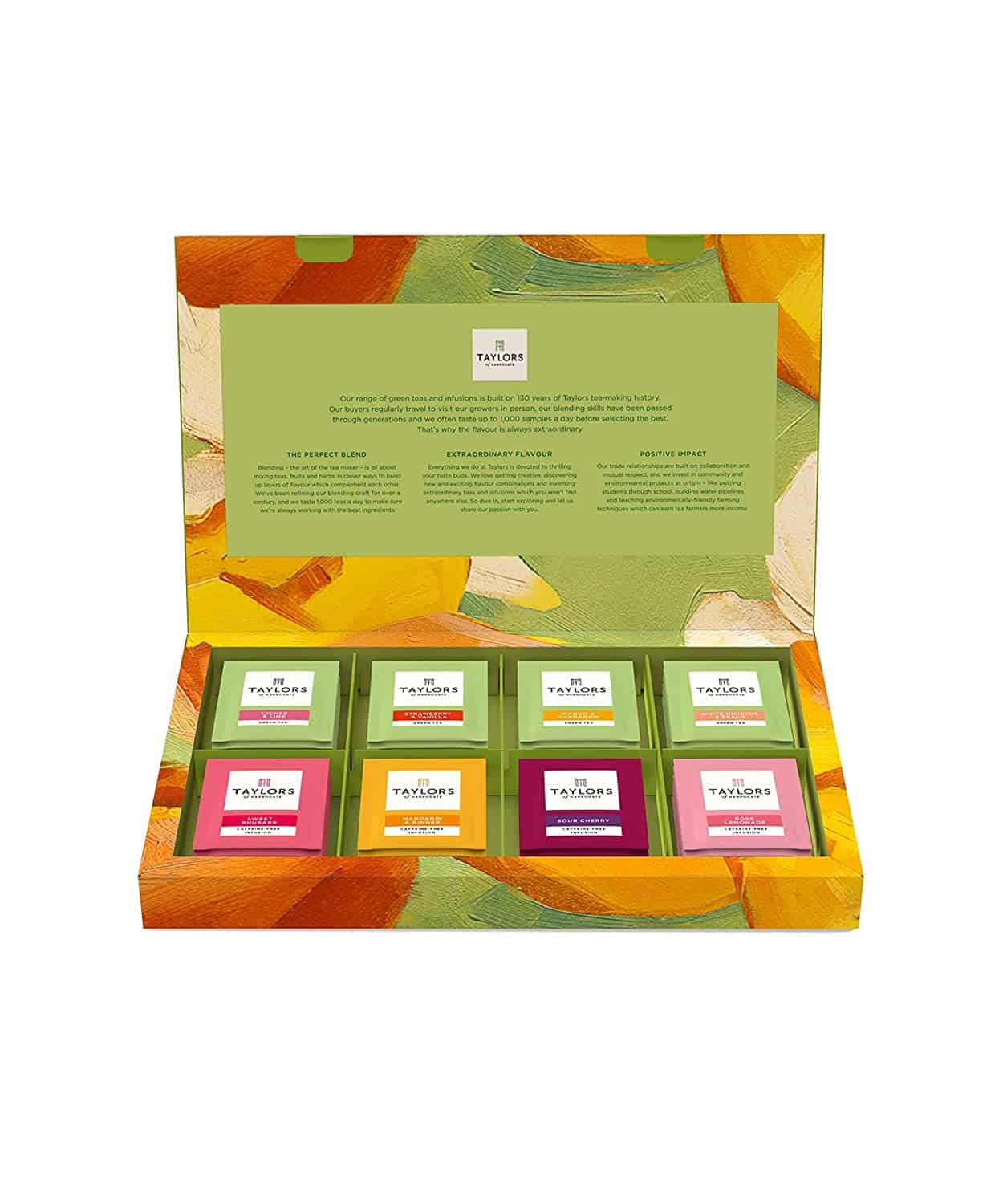
Twinnings sampler set

Fusion Tea Peach Hibiscus
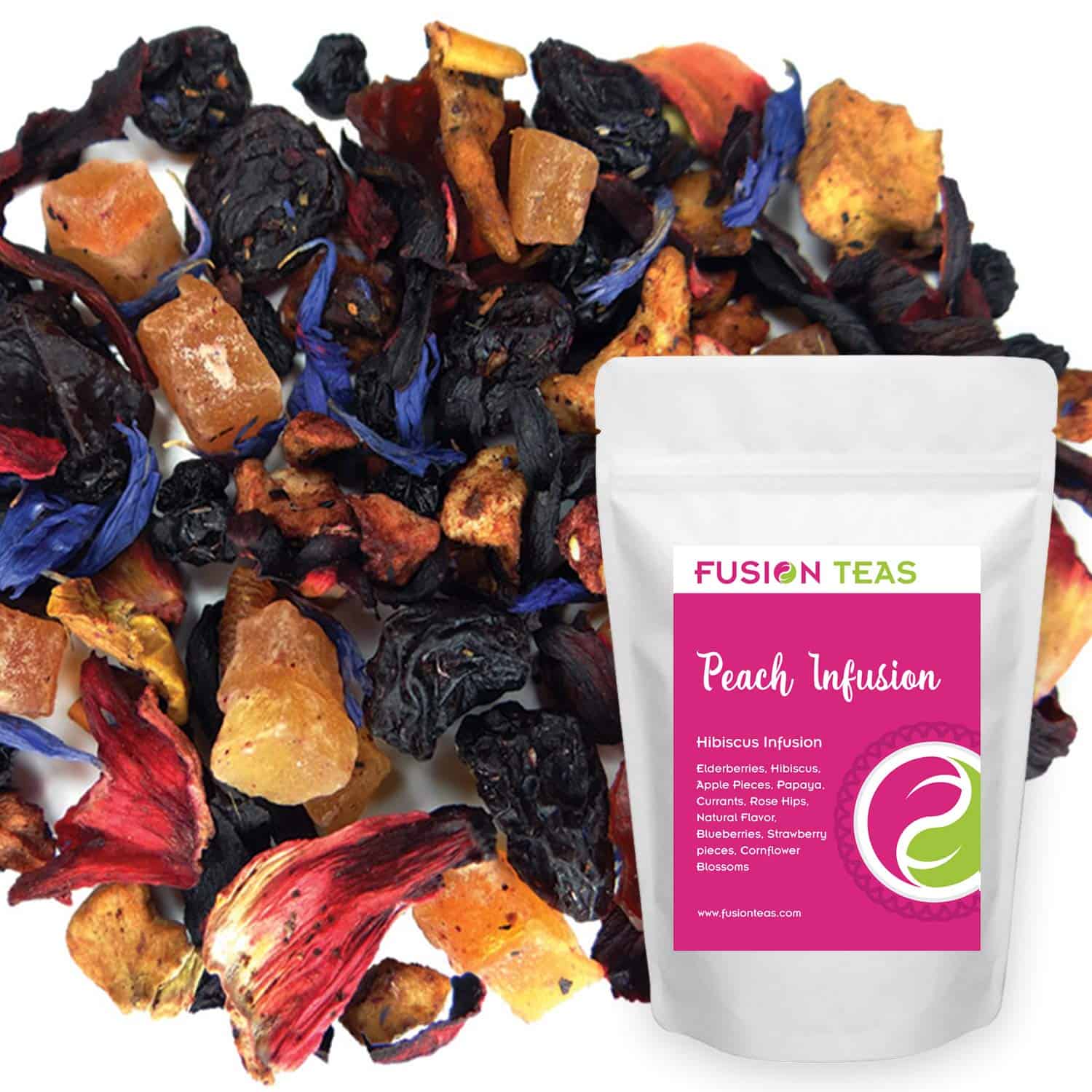
David’s Tea Sampler
